- Home
- Condensation
- Attic Condensation
Condensation in the Attic - How to Stop it!
You’ll know that you’ve got condensation in the attic if you’ve gone to get stored items from your roof-space only to find them covered in mold.
Or, worse still you can physically see water droplets forming on the underside of your roof cover, roof lining or on the surface of your water tank/tanks (if you have tanks).
So why does Condensation form in Attics?
Condensation will form in your attic if warm moisture laden air comes into contact with a cold surface. In the real world, this means moist air from your house is likely getting into your loft somehow and is then coming into contact with a cold surface.
For a more detailed explanation see my article on condensation in buildings.
Condensation can happen for lots of different reasons. Some of the more common reasons are as follows:
- Perhaps your roof hatch doesn’t fit well and allows warm air (which is full of water vapor) up into the roof void.
- If you have recessed ceiling lights installed in the ceiling below the loft then you will have large holes through to your loft and the insulation is likely pulled back from these fittings as well. These allow free passage of water vapour into your loft.
- If you have a water tank in your loft, or an expansion tank for your heating system. A lot if the time these are uninsulated and don't have lids. If your water tank is uninsulated the water vapour will condense on the cold sides of the tank and run down onto insulation or the ceiling. The water in an expansion tank can be warm and can therefore evaporate adding even more water vapour to an already cool area, so a lid is really important.
- Water vapor can also get into your roof void through breaks in the fabric of the building such as gaps around pipes or services or cracks and holes in the plaster or around light fittings etc.
The links below will take you to a partner site where you can buy the various products you'll need. These contain affiliate links for which I may make a small commission at no extra cost to you, should you make a purchase. Any commission made allows us to keep this site free for everyone to use.
How can you stop condensation in the attic?
The first step is to try to reduce or stop the movement of warm moist air from the rooms of your home into the attic where it can come into contact with the cold surfaces and condense, which ultimately leads to mould growth.
There are a few ways to achieve this, but in my opinion, the most effective methods are to:
1. Make sure all ceiling cracks are sealed.
Water vapour will get through tiny cracks in the ceiling. So regularly check the ceilings below the loft and patch/seal them as necessary.
2. Seal where pipes and services go through ceilings.
Where central heating pipes and water pipes etc go through the ceiling there will be small gaps around them which will need to be sealed. If you are following my recommendations for insulating your loft using a vapour control layer you should use special airtightness pipe grommets such as those below to provide an airtight seal around pipes and services.
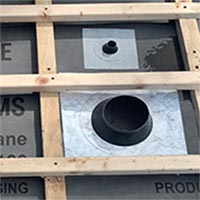
Airtightness Grommets should be used when sealing around services that go through a vapour control layer in loft or suspended timber floor insulation. You can buy them here, when on the order page simply click on the size of the pipe etc that you need to seal around.
3. Seal Around Recessed Ceiling Lights.
If you have recessed ceiling lights in the ceilings below the loft area, get fire hoods and fit them over the top of the fittings. This will stop water vapour getting into the loft area and will mean that you can insulate over the top of the light fittings (be careful not to use light bulbs that are above the rating of the fire hood). But that's not going to be an issue for you, as you've already installed LED bulbs...right!
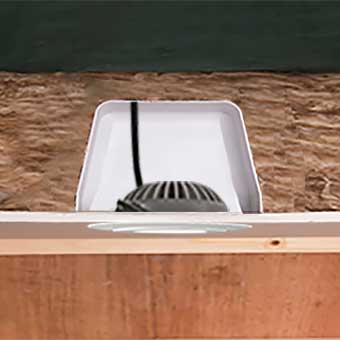
You can buy non fire rated downlight covers and all the associated sealants etc. here
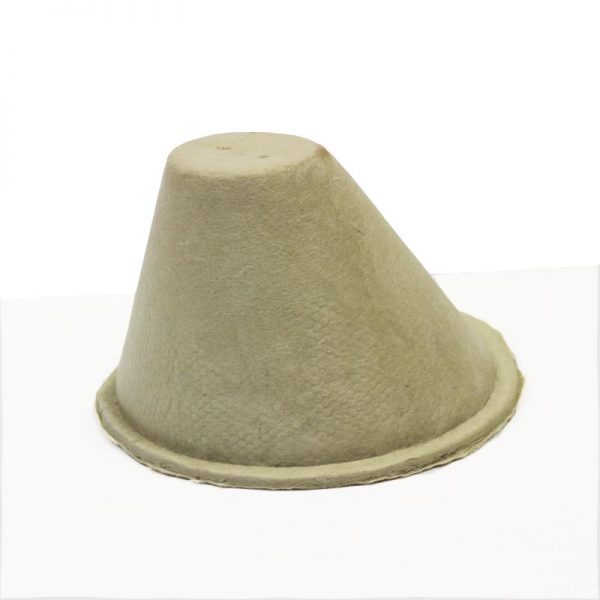
You can buy fire rated downlight covers and all the associated sealants etc. here.
4. Make Sure Your Loft Hatch or Access Doors are well Sealed and Insulated.
Your loft hatch or eaves access doors are an area where you can lose a lot of heat, and gaps around the edges due to poor seals can let a lot of water vapour into your loft or eaves storage areas. You'd be amazed how may homes I see that have uninsulated and ill fitting roof hatches and eaves access doors. So spend a little time insulating and installing a draught seal around the edge.
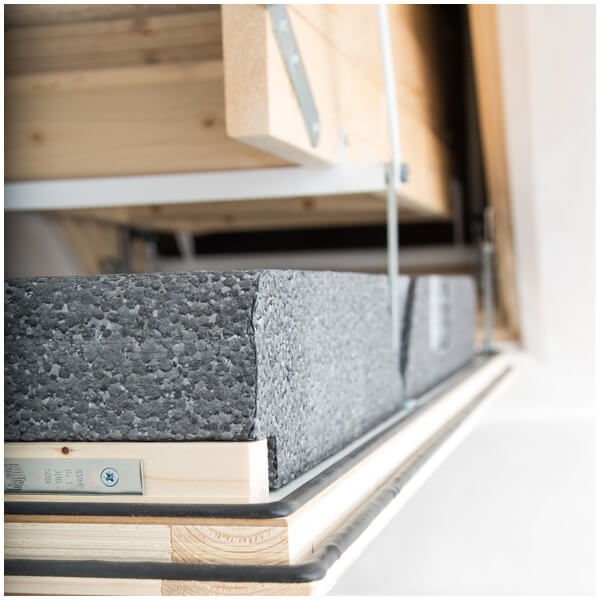
You can buy fire rated downlight covers and all the associated sealants etc. here.
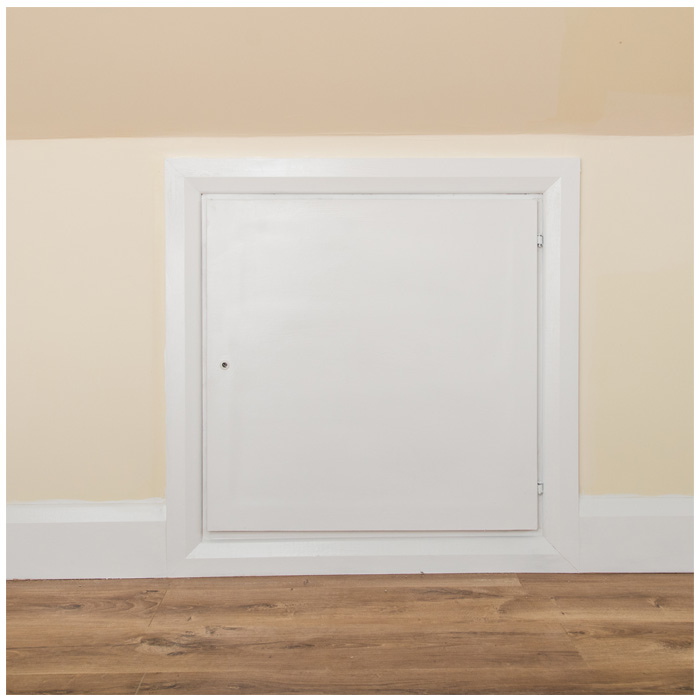
A pre-insulated door that's well sealed and easy to fit. It comes with 80 mm of insulation and has a Class 4 airtightness assembly and a 2 point locking mechanism. Available here.
5. Insulation and Ventilation:
N.B. The images below are NOT the right way to insulate your roof using warm or cold methods. They are the traditional methods and there is a much better way of doing both these methods (just click warm roof OR cold roof, to see the right way to do it).
Insulating your roof at joist level, also known as cold roof construction, (warm roof construction is where you insulate between the rafters), will make your home warmer, but it will also increase the risk of condensation within the loft area. This is because the insulation will reduce the heat escaping into the loft area and therefore the surfaces within the loft will be colder and at higher risk of condensation.
If you have this type of insulation condensation will be easier to spot. Whereas, if you have warm roof insulation the condensation will be harder to spot as it forms between the insulation and the underside of the roof cover. But regardless of the insulation type you have fitting or increasing loft insulation should also include adding additional ventilation.
Additional ventilation typically (in the case of cold roof insulation) involves replacing several roof tiles or slates with vent tiles or vent slates to increase the air movement in the loft area.
With a warm roof the ventilation is typically at eaves level and at the ridge level and there would be a 50mm gap between the top of the insulation and the underside of the roof cover.
6. Water Tanks & Pipes:
If you have a water tank or an expansion tank in your loft, and you have cold roof insulation, make sure they are well insulated (but don't insulate under your water tank as the heat from the house will help prevent it freezing in winter).
Make sure the tanks are fully supported and the lids are well fitted and insulated. Sometimes the water in expansion tanks can get quite warm and if the lid doesn't fit well it can release quite a bit of water vapour into your loft.
If You Have Condensation in the Attic, Who Should You Speak to?
Depending on what you think the issue is there are several people who could help you:
- If you have a leak in your roof cover or around your chimney stack, you should speak to a roofing contractor to get it repaired.
- If you need a better roof hatch that's well sealed and insulated you can buy them in lots of different suppliers. They can be DIY fitted or by a general builder or joiner.
- General repair works such as sealing gaps and cracks can typically be done yourself.
- Fitting fire hoods can be done by a competent DIYer, but if in doubt get an electrician to do it for you.
- Fitting roof vents should only be done by a roofing contractor unless you're very confident in your abilities.
- Upgrading insulation can be done yourself.
The Consequences of Having Condensation in the Attic
If you have condensation in the attic you will be experiencing a number of consequences to include:
- Potential damage to your property, from damp and possibly rot if the condensation is significant. Plus man-made insulation that is damp from condensation is less efficient and difficult to dry (although natural insulation can easily cope with condensation and water vapour).
- Health risks to you and your family, due to mold and mildew.
- Increased energy costs.
- and even reduced property value if damage has been caused to the property.
It's really important to check your loft area regularly to prevent condensation problems. This includes conducting regular checks for common causes, such as roof leaks or insufficient insulation, and taking immediate action if they are found.
Summary:
If you've got condensation in the attic, or if you just want to prevent condensation in the attic, I’d suggest sealing up all the gaps and air leakage points around ceilings and light fittings, seal and insulate your access hatch (or eaves access doors). Get the loft and water tanks (if you have them) well insulated and if you have or are in the process of increasing the insulation levels in your loft you will also need to increase the ventilation levels as well.
Please note, if you’re thinking about insulating your attic be aware that you have a legal obligation to notify building control as they will want to confirm that adequate ventilation etc. has been provided.
You can get more info from your local Building Control office, who normally have one officer who stays in the office just to help customers with their queries over the phone.
Need Some More Help?

If you're struggling with the process, or what materials and vapour control layers etc. that you should be using and where! Or maybe you just have a few questions you want to ask regarding upgrading your home. I do offer one to one sessions where we can run through all the options open to you and discuss some of the potential pitfalls you're likely to come across. So for unbiased advice just click here. I look forward to speaking to you.
Alternatively you can get my "Old House to Efficient House" ebook which also walks you through the process of making your home more energy efficient.
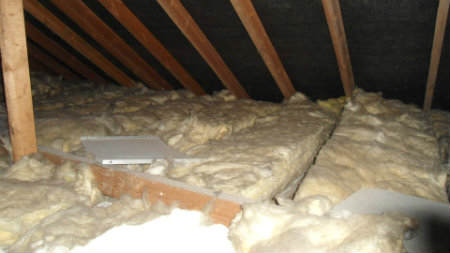

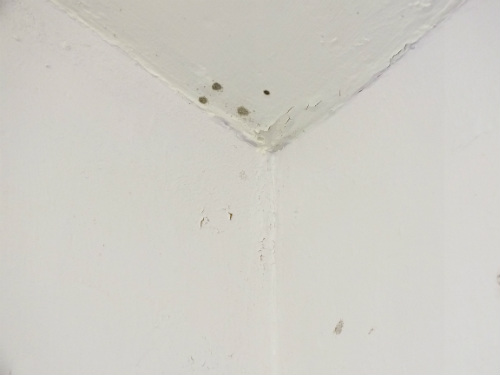









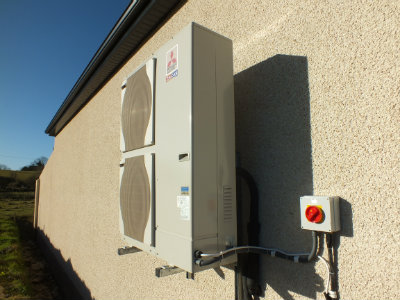

New! Comments
Have your say about what you just read! Leave me a comment in the box below.